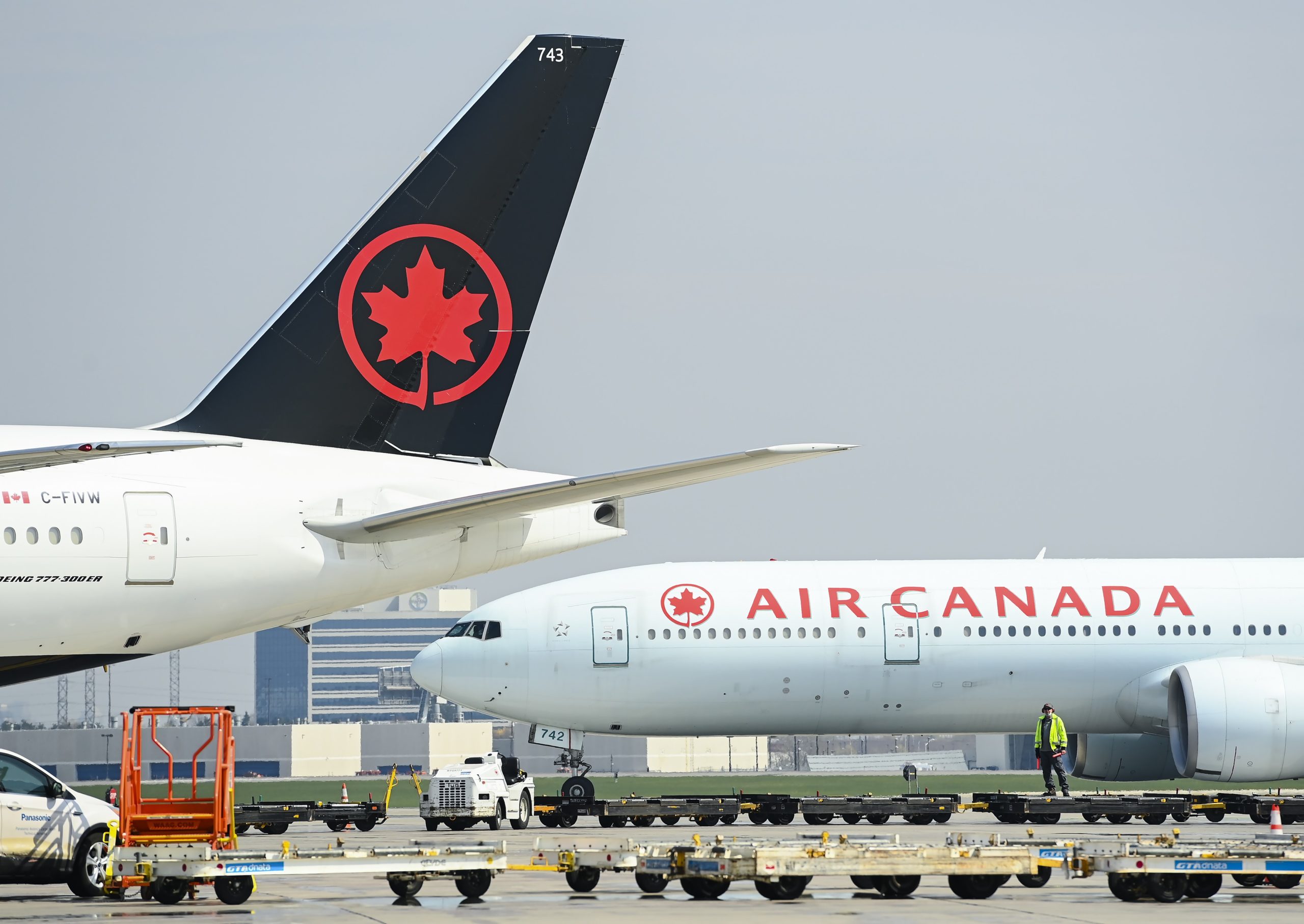In September 2022, Air Canada announced an agreement to purchase 30 ES-30 electric-hybrid plans currently being developed by Heart Aerospace of Sweden. These aircraft are expected to be available for service in 2028 and will be completely battery-powered, allowing them to achieve net-zero emissions.
This landmark agreement is not the first major purchase deal for electric aircraft and will likely not be the last, as many of the world’s largest airlines are exploring how they can transition to electronic fleets with net-zero carbon emissions by 2050.
Here is a closer look at the Air Canada purchase agreement and how the global airline industry is transitioning to a greener business model.
How Much Does the Aviation Industry Contribute to Global Warming?
Measuring the impact of the aviation industry on climate change is complicated. Air travel was responsible for 2.5 percent of human-produced carbon dioxide emissions in 2019, which sounds like a small figure. However, the true climate impact of the aviation industry is much more significant than this seemingly small figure suggests.
Carbon dioxide accounts for roughly 70 percent of jet fuel exhaust. The CO2 mixes into the atmosphere, creating the same warming effect as when CO2 is emitted from other types of fossil fuel combustion.
Water vapor is also a major product of jet fuel combustion. It accounts for approximately 30 percent of jet fuel exhaust. While the water vapor itself only has a minimal global warming impact, it creates contrails that spread and create cirrus clouds. These cirrus clouds trap infrared rays, indirectly producing a warming effect that can be up to three times that of CO2.
Nitrous gases, particles, and other emissions account for less than 1 percent of aircraft exhaust.
About the Air Canada Deal
As part of its agreement to purchase the electric-hybrid planes, Air Canada also received a $5 million equity stake in Heart Aerospace.
This deal has the potential to position Air Canada as a global airline industry leader in the fight against climate change. In addition to this purchase, Air Canada has already begun supporting the development of green technologies like sustainable aviation fuels and carbon capture.
The 30 ES-30 aircraft will be used on regional and commuter routes. They have a carrying capacity of 30 passengers seated three across in a 2×1 layout. Each plane also has a galley and lavatory. The planes are powered by lithium-ion batteries and will come equipped with reserve-hybrid generators powered by sustainable aviation fuel.
The fully-loaded aircraft are expected to have a zero-emission range of 200 kilometers, which could be extended to 400 kilometers through the use of power supplemented by the generators. If the capacity is restricted to 25 passengers, the ES-30 could reach up to 800 kilometers at zero emissions. The expected charging time is 30-50 minutes.
International Air Transport Association (IATA) Committed to Net-Zero Emissions
Many airlines from across the world are committed to reaching net-zero emissions within the next few decades. In October 2021, the International Air Transport Association (IATA) committed to net-zero carbon emissions by 2050, which is the same goal outlined in the 2015 Paris accord. There are 290 airlines under the umbrella of the IATA.
This commitment marked the acceleration of a 2009 pledge to cut emissions in half from 2005 levels by 2050. To accomplish this goal, airlines will need to account for an estimated additional 300 million tonnes of carbon resulting from projected increases in air traffic over the next decades. The aviation industry will need to remove or compensate for 21.2 gigatons of emissions over the next three decades, with an expected cost of $1.6 trillion.
Hurdles in Reducing Greenhouse Gas Emissions in Aviation
The recent Air Canada agreement to purchase electric aircraft is a step in the right direction, but the aviation industry still has many hurdles to overcome before reducing its greenhouse gas emissions. The United Nations has predicted that airplane emissions of CO2 will triple by the year 2050 if the industry does not drastically overall its current technology in favor of green technologies like electronic aircraft and hydrogen fuel cells.
Electronic aircraft technology is promising, but it is limited to short flights with relatively few passengers. Longer international flights with larger capacities cannot yet benefit from this technology, and it remains unclear when electronic flights could become viable on a worldwide scale.

